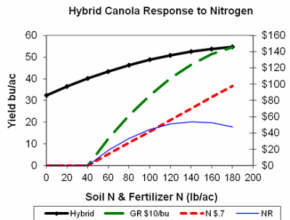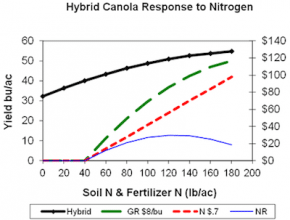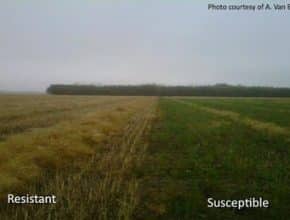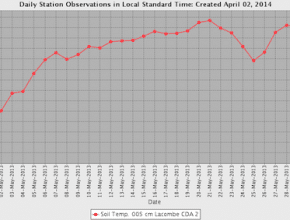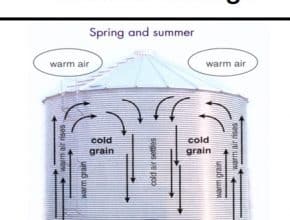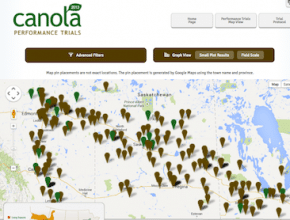EcoNomics. Handy graphs and calculators show the best nitrogen rate based on yield potential and appetite for risk. Is this the year to claw back or keep the pedal down with regard to N rates? Ignorance is not bliss — especially when it comes to clubroot. Early detection and adoption of resistant varieties, rotation and equipment sanitation can keep the…
April 3, 2014 - Issue 4
-
-
-
Clubroot lowers the bottom line for more and more Western Canada canola growers each year. The disease has been advancing through Alberta at a fairly steady 20 to 25 km per year, and has been detected at low levels in Manitoba and Saskatchewan. All Prairie fields are at risk of economic loss from clubroot, with the highest risk fields those…
-
1. Date. Record the date and also the time of day that each crop was seeded. Comparing seeding dates, and cross referencing that with soil temperature and moisture conditions, can help determine future decisions with regard to ideal time of seeding and management steps that could be taken to reduce risks for early seeding. Time of day could be useful…
-
Canola may be stored longer than usual and in bigger quantities this year. As outside temperatures warm up, it becomes important to check bins again to make sure canola inside safely makes the transition from winter to spring and summer. Movement of air and moisture inside bins is greatest when the temperature difference between inside and outside is greatest. Increased…
-
Need to make a last minute seed decision? Visit www.canolaperformancetrials.ca for canola variety comparisons for 2013 as well as 2012 and 2011. The online tool has data on yield, days to maturity, lodging and height for small plot and field scale sites across the Prairies. Use the various filters to refine a search by location, herbicide tolerance system, year and…

